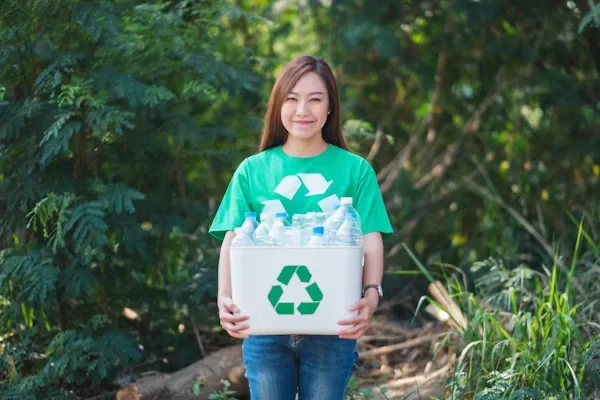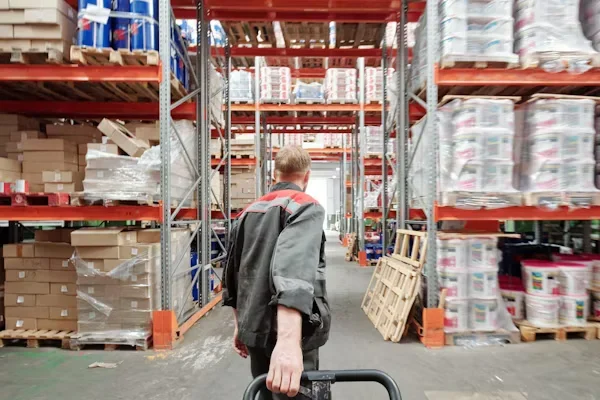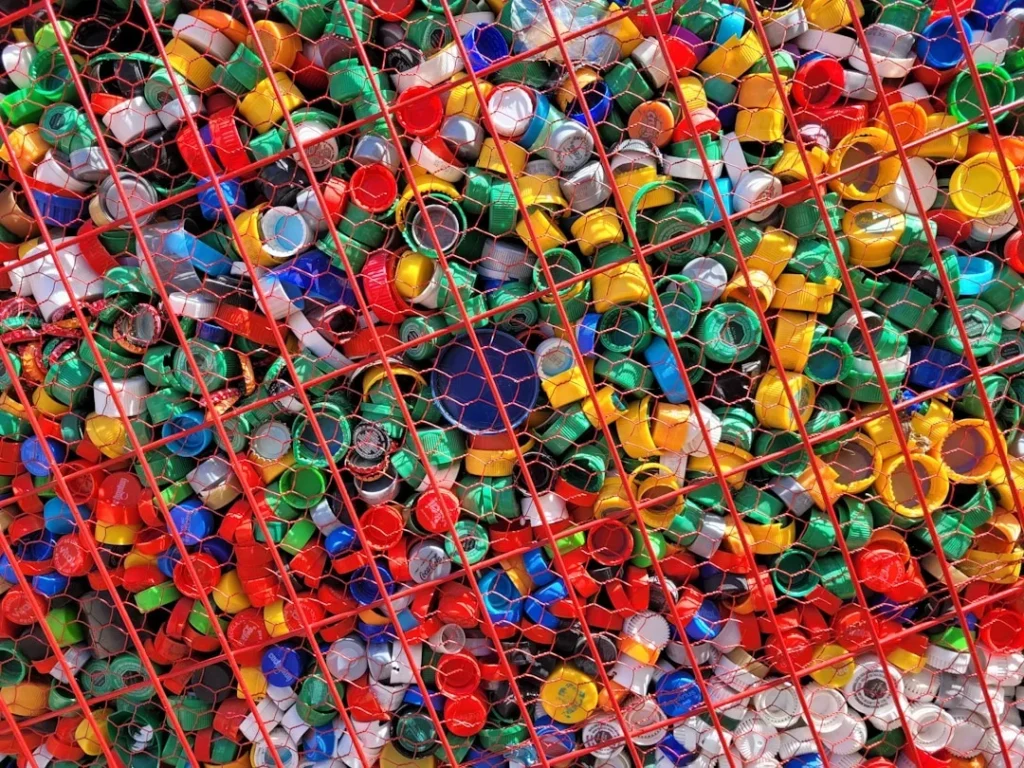Sustainable plastics change industries, drive innovation, and encourage more responsible manufacturing. These products meet the demand for more environmentally-friendly products and a consumer shift toward carbon-reducing items that don’t skimp on quality or performance. Packaging for architectural applications and recyclable plastics are proliferating, and they are here to help tackle an age-old eco-dilemma. These materials have enormous potential to change industries and make them more environmentally friendly. Here, we highlight the different uses of plastics and what they mean for a greener future.
Understanding Sustainable Plastics and Their Importance

The rise of green plastics marks a significant shift in how we approach material usage and environmental responsibility. These materials, derived from renewable resources, degrade more easily and reduce our reliance on fossil fuels. This transition conserves non-renewable resources and helps lower the environmental impact of plastic products.
According to the United Nations Environment Programme (UNEP), over 400 million tons of plastic are produced globally yearly, yet only 9% is recycled, underscoring the urgent need for more sustainable solutions. In response, manufacturers increasingly incorporate biodegradable and bio-based plastics into their production lines to minimize waste and improve their environmental footprint.
These new materials are adaptable and durable, appealing to eco-conscious consumers while meeting rigorous performance standards. Options like polylactic acid (PLA) and polyhydroxyalkanoates (PHA) are gaining prominence as research improves cost-effectiveness and utility across industries.
Innovative Packaging Solutions with Sustainable Plastics

The packaging industry increasingly adopts plastics to reduce environmental harm and meet consumer expectations. Brands are exploring alternatives to traditional packaging, such as plant-based plastics for bottles, wraps, and containers. These materials offer the same strength and protection as conventional plastics but are derived from renewable sources.
Nestlé’s Sustainable Packaging Strategy is a notable example of the company’s aim to design 100% of its plastic packaging for recycling and is phasing out non-recyclable materials. By the end of 2024, 86.4% of its plastic packaging is expected to be recyclable, underscoring how major global brands commit to eco-conscious practices.
Advanced recycling systems enable greater recovery and reuse of eco plastic , contributing to circular economy models. Packaging designs are evolving to be easily recyclable or compostable, encouraging manufacturers and consumers to be more environmentally conscious. Technological advancements have enabled plastics to maintain functional qualities while being ecologically friendly, driving demand for these innovative materials.
Bioplastic Plastic in Building and Construction

Durable, lightweight, green plastics are changing how products are built, replacing traditional materials, such as wood and metal, in the construction industry. They improve energy efficiency, minimize corrosion, and improve insulation, making them ideal for roofing, flooring, and piping systems. Government subsidies are also fostering their increasing use throughout the industry.
These eco-friendly materials contribute to long-lasting infrastructure while supporting sustainable development goals. For example, a fitting used to cap the end of a pipe made from renewable plastic serves a functional purpose and reflects a broader shift toward environmental responsibility and reduced on-site construction waste.
Revolutionizing the Automotive Industry with Recyclable Plastics

The automotive industry is shifting to recyclable plastics to advance vehicle design, lightweighting, and fuel efficiency. Using high-performance non-toxic plastic instead of traditional materials provides a more environmentally friendly touch to car manufacturing. These materials give designers more flexibility in vehicle interiors and exteriors, ultimately helping to deliver lower emissions and better fuel efficiency.
As the industry moves towards electric vehicles (EVs), lightweight materials with structural integrity are crucial. Biodegradeable plastics are used in automotive components like dashboards, bumpers, and seat fabrics, ensuring durability and resistance to wear and tear. Using non toxic plastics aligns with recycling and upcycling goals, promoting a closed-loop system and conserving resources.
Advancements in Medical Applications Using Earth-friendly Plastics
In the medical sector, more and more biodegradeable plastics are being used, offering sterility, safety, and performance. They have been used in various product applications, such as disposable syringes and more complex medical devices, contributing to environmental conservation. Single-use items should be preferred over biodegradable plastics; the latter may be used for durable medical equipment. Work is currently underway to improve the performance characteristics of biodegradable plastics to the levels expected by the demanding medical market.
Now, the aging global population and increasing demands for healthcare, Eco-friendly plastics will be an answer for an environmentally friendly world.” With the development of renewable plastics, the applications of the materials in drug-delivery systems and implantable devices are broadened. The intersection of sustainability and healthcare innovation will continue to be a key force behind new medical devices.
In general, the applications for Eco-friendly plastic are numerous and diverse. Using these new materials in more common products and industrial applications satisfies present-day requirements and paves the way for a greener future. By discovering applications and prioritizing them, we can achieve a better world for all without giving up the convenience of plastic.












